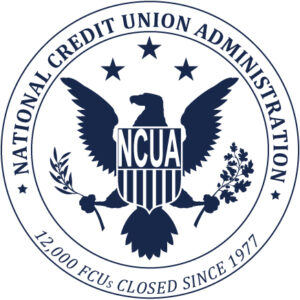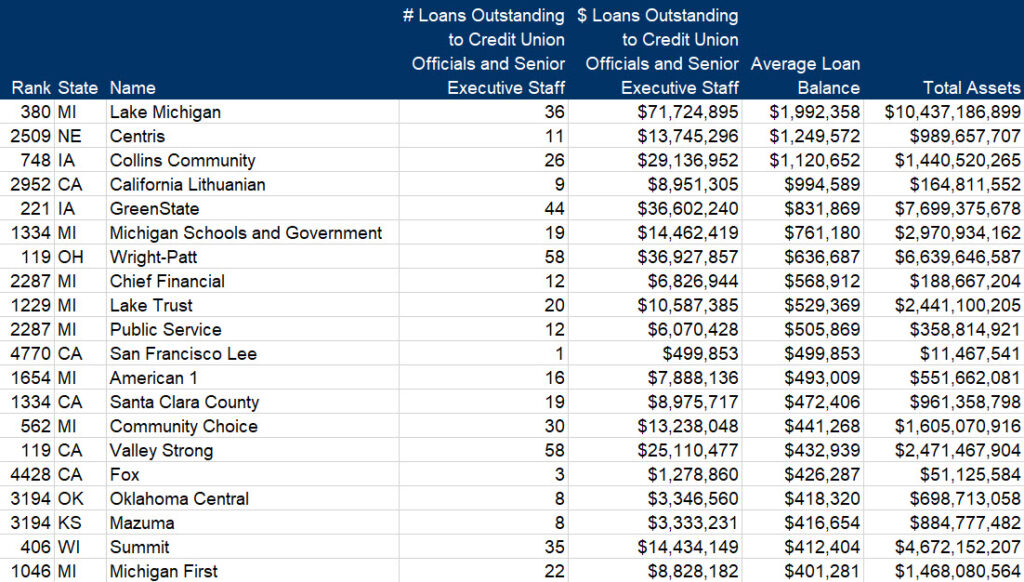A recent news story’s headline: Sub’s Leaders Fired after Hitting Mountain.
The article described how the USS Connecticut, one of the fastest, most modern nuclear powered submarines had hit an underwater object described as a “mountain” in October.
The accident injured about a dozen sailors, but the sub navigated on its own back to Guam for a damage assessment.
One immediate result of the event is that the commander of the fast-attack sub, the executive officer and the senior enlisted Master Chief were all relieved of their duties. Vice Adm. Karl Thomas, commander of US 7th Fleet, determined that “sound judgment, prudent decision-making and adherence to required procedures in navigation planning, watch team execution and risk management could have prevented the incident,”
The Military and Leadership
From the first day of active duty, every member of the military learns about responsibility and accountability. From the ordinary tasks of getting up, wearing the uniform, or cleaning a work area, everything is subject to inspection.
All responsibilities come with accountability. And when performance is above average there are awards and recognition beyond a positive fitness report. But there is also the reprimand in the file when something goes wrong. I received both in my four plus years of active duty.
I received the Navy Commendation Medal as Supply Officer during combat support operations:
“His outstanding managerial abilities combines with a ceaseless drive to accept and surmount challenges resulted in the establishment of many services for task group ONE SIXTEEN POINT ONE personal (the Navy Seal Team at Solid Anchor) that were not previously available. Filson’s leadership and devotion to duty reflected great credit upon himself and were in keeping with the highest traditions of the United States Naval Service.”
Fitness reports recommended “accelerated promotion and augmentation to the regular Navy.”
But there was also the letter of reprimand in the file. Upon being relieved as Supply Officer to transfer to shore duty, the audit of the ship’s store inventory found a shortage of $1,850. After repeated recounts, there was no explanation, but the event occurred on my watch.
Many think of military duty as primarily combat. I was a gunfire control officer. Several times this meant telling everyone to clear the mount so a sailor can take a 3 inch 50 round that failed fire and throw the dud over the side. Or the evening the siren’s sounded at Solid Anchor, the phosphorous flares suspended from tiny parachutes to light up the perimeter, the immediate scrambling of the two gunship helicopters, and running in night clothes to the bunkers built with sandbags.
These moments were the exceptions from much of the daily routine. Nevertheless, the concepts of responsibility and accountability applied to all our activities. Captain Mann personally signed off on every communication from the ship that I authored. He explained the only way his commanding officer knew how he was doing was from reading the ship’s traffic and whether the we arrived and departed port on time.
Respect for Service
The military gave me the chance to meet some of the most honorable, decent, and effective people I have ever known. When I left banking to join Ed Callahan and Bucky Sebastian, it was not my thought to seek a government career. Rather it was seeing in them the same qualities that make the military service special. They believed that government employees are responsible to the public, that wise stewardship of resources is expected, and that everyone will be accountable for their duty. Success was always a team effort.
Government service for them was not about political ideology or power. Rather it was about serving the public. When Ed announced the three of us were leaving NCUA in 1985 to form an undefined new company, he explained that we had accomplished what we came to do at NCUA, and it was time to move on. Just like service in the military.
Dishonoring a Heritage of Service
Yesterday I received a member notice dated November 4, 2021 announcing the proposed merger of the $457 million Heritage Credit Union with the $3.7 billion Connexus, both in Wisconsin. Each is very strong financially.
The required disclosures say that the Heritage President, a 40-year employee, will retire immediately after the merger. The additional benefits she will receive for her final action includes a $487,546 payment due as employment contract runs through 3/2/2023; continuing health care benefits of $1,750 per month through age 65; a lump sum payment on her 457(f) in the amount of $425,282; and a merger clause payout per her employment contract of $326,284. The total of the additional compensation known amounts is $1.239 million plus the monthly health benefits.
The practice of a retiring CEO selling the credit union as a final effort to create a personal golden parachute is not new. The most troubling aspect is the leadership failure by both the CEO and board ending all that Heritage had enabled–the shutting down of independent career opportunities for 124 employees, the ending of local relationships in 12 communities, and the betrayal 29,000 members’ loyalty first begun in 1934. This action is the antithesis of the credit union’s founding story on their web site-an event that enabled the professional leadership opportunities the CEO and board have enjoyed for decades.
But it takes two parties to make a deal. Connexus’ CEO and board agreed to these sale terms, issuing a joint press release. Merger math is simple: 1 + 1 = 1. The cupidity of the one side is matched by the morally comatose on the other. Members are not dumb. They see the self- dealing and loss of their Heritage.
Moreover employees of both organizations will look past the superficial statements of what’s in it for them. They will ask is this the kind of organization, leadership and values to which I want to be a part of?
Why We Remember Honorable Service
This additional example of self-enrichment trumping fiduciary responsibility is even more troubling because the regulators-both state and NCUA-routinely sign off on these self-enrichment practices.
The concepts of responsibility and accountability have traditionally been the hallmark of effective public service—professionals in their conduct and expertise and conscientious in their duty.
The military’s example, combining honorable service with accountable conduct, is something we properly salute. We celebrate the values inherent in this public duty. But these concepts should not be limited to military employees.
The credit union system could stand much taller and be more potent if the traditions of honorable service that created the $2 trillion system today, were followed by those responsible for overseeing its conduct today.
The logic of mergers like Heritage and Connexus is nothing more than simple monopoly capitalism. Members become the means to growing ever larger, not the reason for the cooperative’s creation. Management’s self-interest has usurped member’s best interest.
A good first step would be to learn from the Navy example. There is an obvious regulatory shortcoming of “sound judgment, prudent decision-making and adherence to required procedures.” There needs to be “relief of duties.”
But that would take leadership at the top. Leadership that can distinguish cooperative purpose from corporate capitalism. And that remembers the values and commitments that created the credit union alternative in the first place.
Veterans Day tributes remind all of us what really matters in life, especially by those who aspire to public service.









